With the continuous development of the metal casting industry, various new technologies and new materials have been continuously applied, and various products have been born. These products are small in size and light in use, and most of them are produced by pressure casting. Die casting has many advantages. The products produced by it are not only of guaranteed quality, but also high in efficiency, and have a wide range of applications. Die castings using aluminum alloy materials have good application prospects, especially in auto parts frequently. Based on the advantages of die casting method, the quality of castings is therefore valued by many people. However, since the quality of castings will be affected by various factors in the die casting production process, if the control is not in place, defective products will be produced.
View More Articles:
Quality Control Of Raw Materials For Die Casting Aluminum Alloy Parts
For aluminum alloy castings, in order to improve its quality, it is necessary to increase the qualified rate of production. Raw materials are fundamental, so it should be the top priority for quality control. When selecting raw materials, we must strictly control the quality, adopt sampling inspection to determine the chemical composition of the main elements of the alloy, and carry out corresponding acceptance.
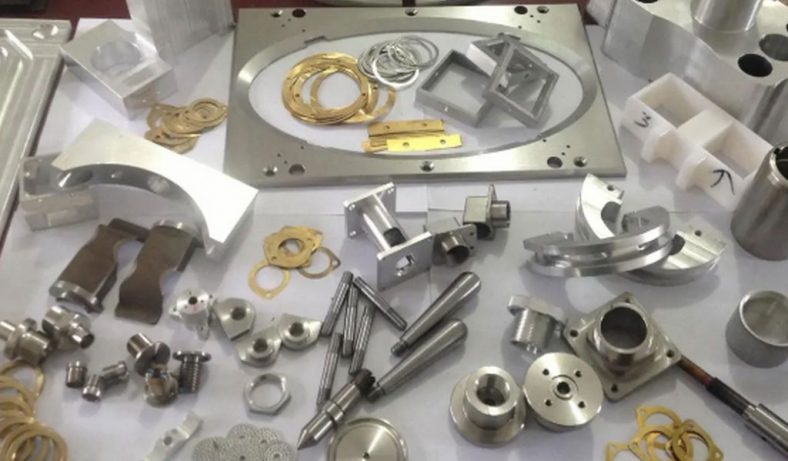
Generally speaking, if there is too much iron in the alloy structure, it will greatly affect the quality of the casting, because it will cause cracks in the casting and greatly reduce the plasticity. However, if the iron content is too small, it will cause problems such as mucous film and difficult demoulding of the casting. Therefore, the iron content must be reasonably controlled. In die castings, the content of copper should also be attached great importance. Appropriately increasing the content of copper can improve the fluidity of the alloy and increase the strength and hardness of the castings. If the copper content is too high, the plasticity of the casting will decrease, the possibility of hot cracking will be higher, and it will not be conducive to subsequent processing, so the copper content should also be controlled.
In die castings, the appropriate content of manganese can make the iron in the alloy into a fine crystal shape, reducing the adverse effect of iron on the alloy. It is necessary to properly control the manganese content, because if the manganese content exceeds the standard, it may cause segregation problems, so keeping it within a reasonable range can improve the plasticity of the casting. Zinc can improve the fluidity and machinability of the alloy, and the content should not be too high, otherwise it will cause cracks in the casting.
Silicon can improve the shaping of aluminum alloys at high temperatures, and controlling the content of silicon can further improve the performance of the castings, otherwise it will lead to poor processing effects of the castings. In addition, raw materials such as material ends and side leathers also need to be highly valued.
In particular, the materials that need to be returned to the furnace must be strictly controlled and cleaned so that they can be used for the second time without contaminating new materials. The ratio of recycled materials to new materials should not exceed one-third, otherwise the quality of die castings will be affected.
Mould Design And Manufacture
Inner Gate And Overflow Groove
Regarding the design of the inner gate, attention should be paid to its cross-sectional size, because this can ensure that the alloy melt has a certain flow rate, flow rate and pressure. In addition to the section size, the pressure of the die-casting machine and the speed of the punch also affect these contents. From a theoretical point of view, if the cross-sectional size of the inner gate is wider and the thickness is smaller, then under the premise of higher speed, the pressure and filling speed of the alloy will be guaranteed to ensure the quality of aluminum or zinc die castings.
In practical applications, since the cross section of the inner gate does not change, if only increasing the pressure and speed, it will not bring too good results. Therefore, before designing, the inner gate must be designed according to the shape of the casting. In order to further improve the design of the inner gate, the actual situation of the trial mold can be combined.
For some complicated and large-sized parts, attention should be paid to avoiding the formation of vortex when the metal solution flows and avoiding defects such as pores. Therefore, it is necessary to design an overflow groove and match it with the exhaust groove. Use it to enhance the exhaust effect.
Exhaust Slot
The exhaust slot is undoubtedly the focus of the design. When performing die-casting production, the metal solution needs to flow into the cavity, and the corresponding gas will also enter, thereby hindering the normal flow of the metal solution, and the hindered metal solution cannot flow fully, which will inevitably affect its crystallization effect, leaving behind Quality defects such as porosity in castings.
For the surface of the casting that needs to be processed and formed, the surface of the processed and unprocessed surface is completely different. No problem can be found when it is not processed. Once processed, there will be many pores on the surface, which means that the casting is defective. Pay attention to the design of the exhaust groove to reduce the internal pores and improve the quality and qualification rate of castings.
Design The Exhaust Groove According To The Shape Of The Casting
When the new mold is in use, due to the limited running-in of internal components, it may cause poor exhaust due to the shrinking of the scheduling gap in the high temperature state, which affects the quality of the product. Therefore, it is necessary to design the exhaust groove according to the shape of the casting, and pay attention to the reasonable setting of the exhaust gap. Try to set up as many exhaust grooves as possible, do not leave the gap too large, otherwise it will cause the phenomenon of alloy solution spraying around during the mold work. The reasonable thickness of the exhaust groove gap should not exceed 0.20 mm.
Utilize The Parting Surface And Core Of The Mold
In order to remove the gas as soon as possible, so that it will not affect the normal crystallization of the metal solution, it is necessary to be good at using the parting surface of the mold, the core and other matching parts of the matching gap to remove the gas. Different types of exhaust grooves are designed on the parting surface to ensure that the gap between the core and the part is in a larger state.
Cavity And Mold Material
When designing the cavity, it is necessary to consider the melting point of the aluminum alloy material. In the case of high temperature, it will affect the fluidity of the metal, and it will also cause corrosion and damage to the cavity, and it is not easy to demold. Therefore, when designing, you must pay attention to increasing the mold angle, transition fillet radius and cavity Surface roughness value.
When choosing the mold material, choose the corresponding material according to the requirements of different parts, and be equipped with the appropriate heat treatment process. For example, the materials for the cavity and core should preferably be materials with better thermal stability. When making the mold, pay attention to the heat treatment and finishing of the mold.
Heat treatment should take into account the cavity and core parts. In order to prevent quality defects such as cracks in the product, conservative processing methods can generally be used. However, this will shorten the service life of the mold, because the new mold may have cracks on its surface after not working for a long time. The maintenance cost of the mold. Therefore, if the process is improved, the service life of the mold can be increased.
The Control Of Mold Temperature
When die-casting production is carried out in the cold mold, the castings may have many defects, which will affect the quality of the castings. Therefore, the mold temperature must be controlled. Adjust the temperature to a certain level before proceeding to die-casting production, which can greatly reduce the defects of castings. However, the temperature must not be adjusted too high, which will lead to difficult demolding, serious thermal cracks, and affect the surface quality of the casting and the service life of the mold.
The temperature formed by the mold cavity has a great relationship with its own heat dissipation performance. At the same time, the shape of the casting is also related to the cavity temperature. When measuring the temperature of the cavity, choose a place where the heat dissipation part is common, so that a more accurate temperature can be measured.
Conclusion
In summary, in order to improve the quality of aluminum alloy castings, it is necessary to pay attention to the application of die-casting process and do a reasonable quality control, so as to reduce quality defects and increase the qualification rate of castings. Under the existing equipment conditions, how to improve the quality of die castings is still a problem that requires us to think carefully.
The Detail Of BE-CU Die Casting Company

If you are looking for dependable volume manufacturing metal parts supplier with High pressure die casting service who offers you competitive price, good service and quality for aluminium die casting, zinc, or magnesium die casting, then BE-CU Prototype are surely a partner you are looking for to fulfill all your die casting needs. With quality service and state of art technology, BE-CU indeed claim in providing quality pressure die casting including aluminum/zamak/magnesium alloy castings to our customers all over the world.
To work with us,be-cu don’t just stop at taking your order and delivering your die casting products. be-cu are there for you at every step right from your preferred selection of aluminum die casting, Zamak die casting (Zamak 2, Zamak 3, Zamak 5, Zamak 8) or magnesium die casting products and services to post-order phase. In brief, once you become our customer, be-cu are with you every step on the way.
-
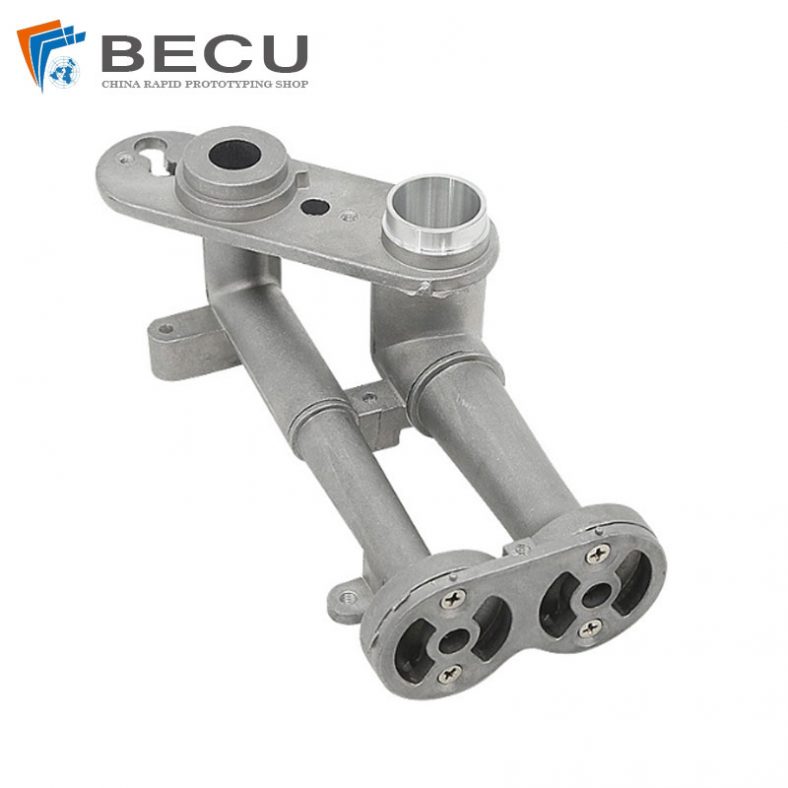
CNC Machining Gas Stove Bottom Joint
-

Gravity Die Casting Custom Street Light Heat Sink
-
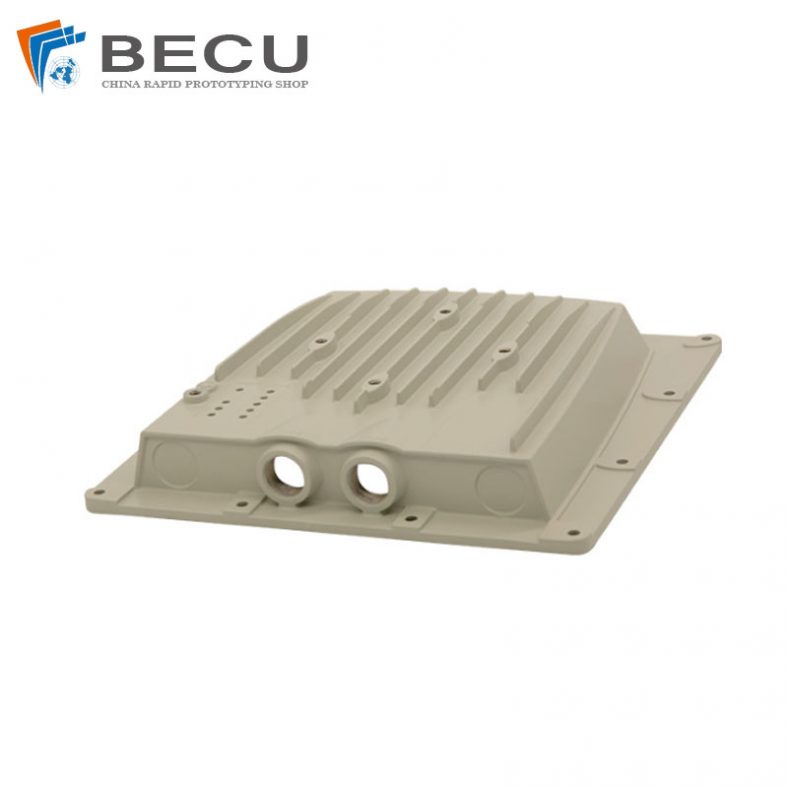
Die Casting LED Canopy Lights Heatsink For Gas Station
-
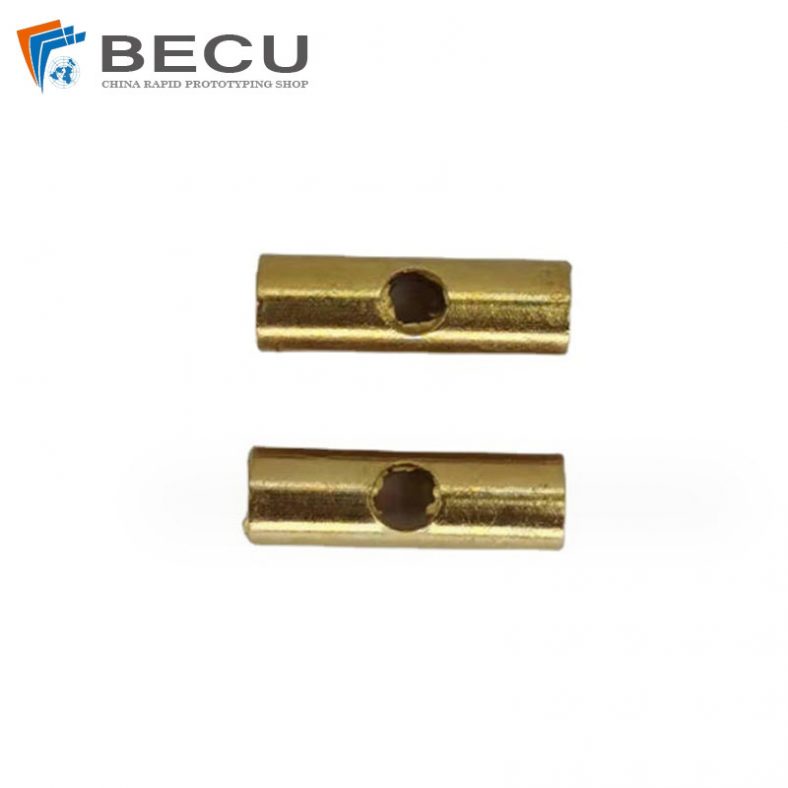
Zinc Die Casting PA10 Transformer Connector Terminal
-
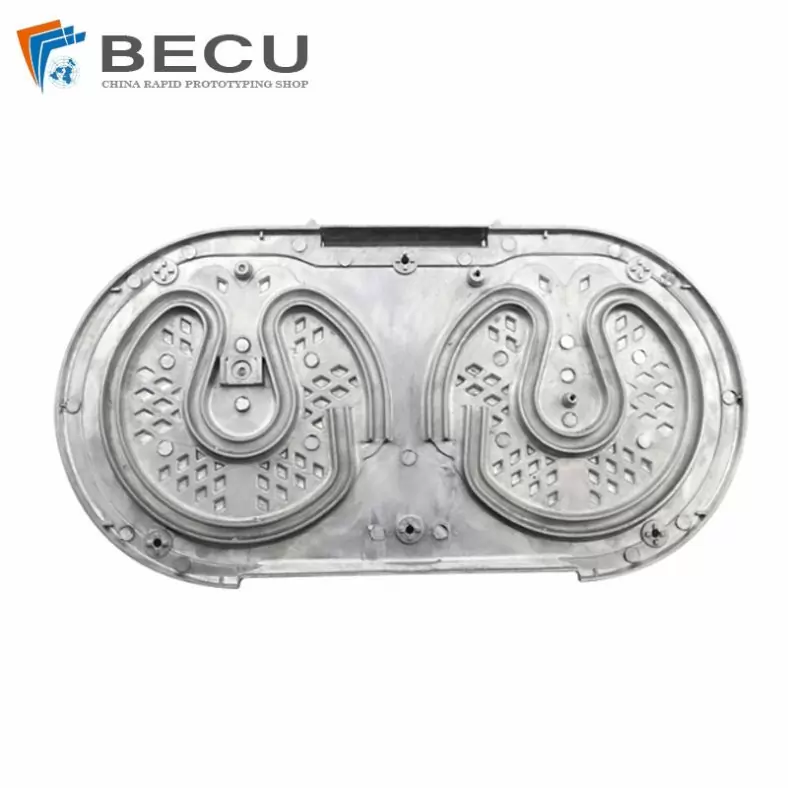
Die Casting Aluminium Cookware Chassis
-

Die Casting Wheels With Aluminum Alloy 5 Axis CNC Machining
-
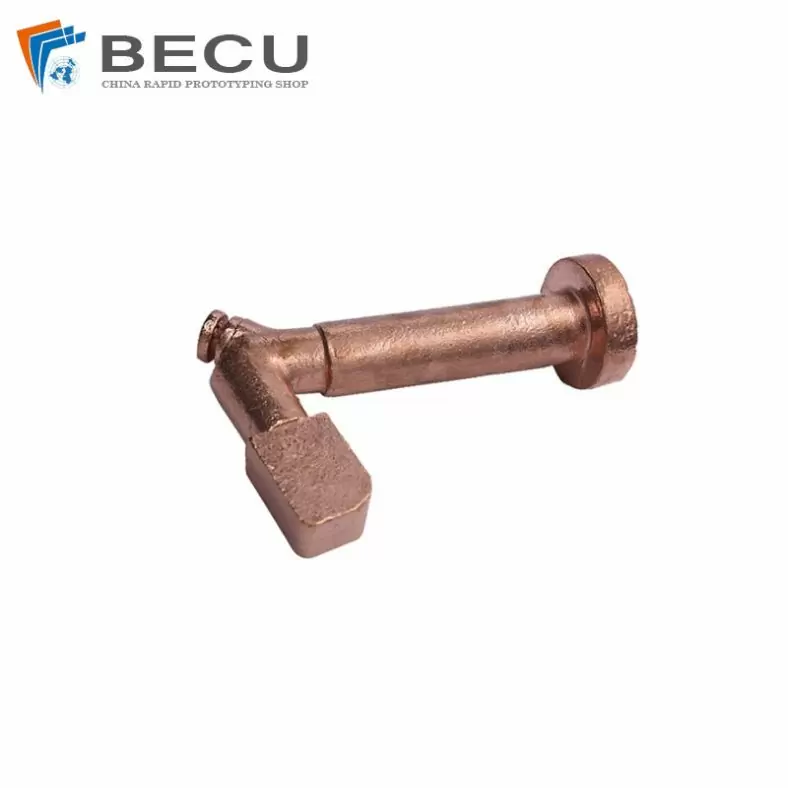
Precision Machined Copper Die Casting Parts
-
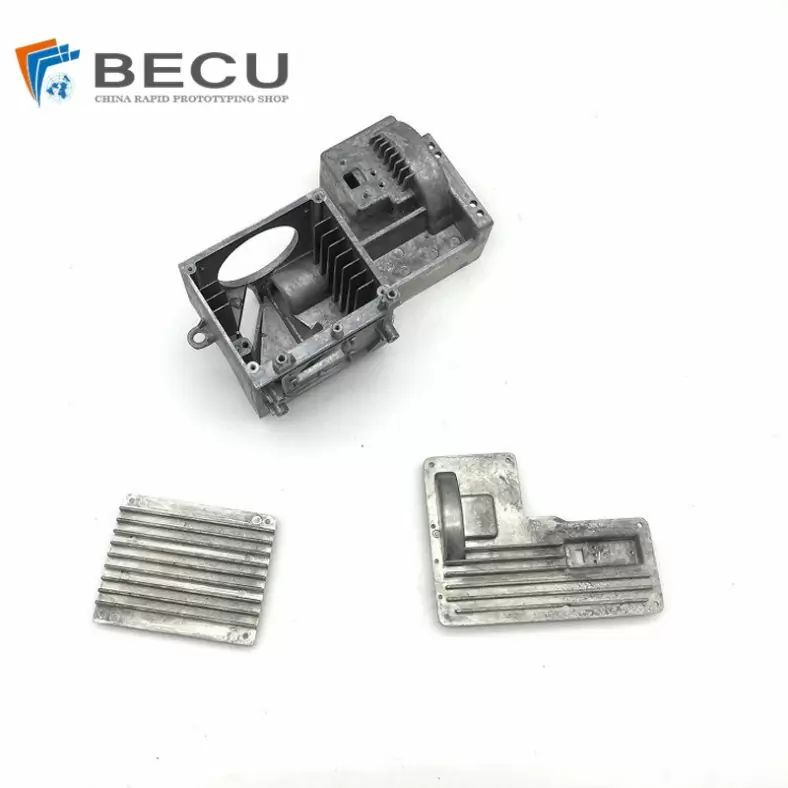
Professional Small Baler Aluminum Alloy Die-casting Mold Production
-
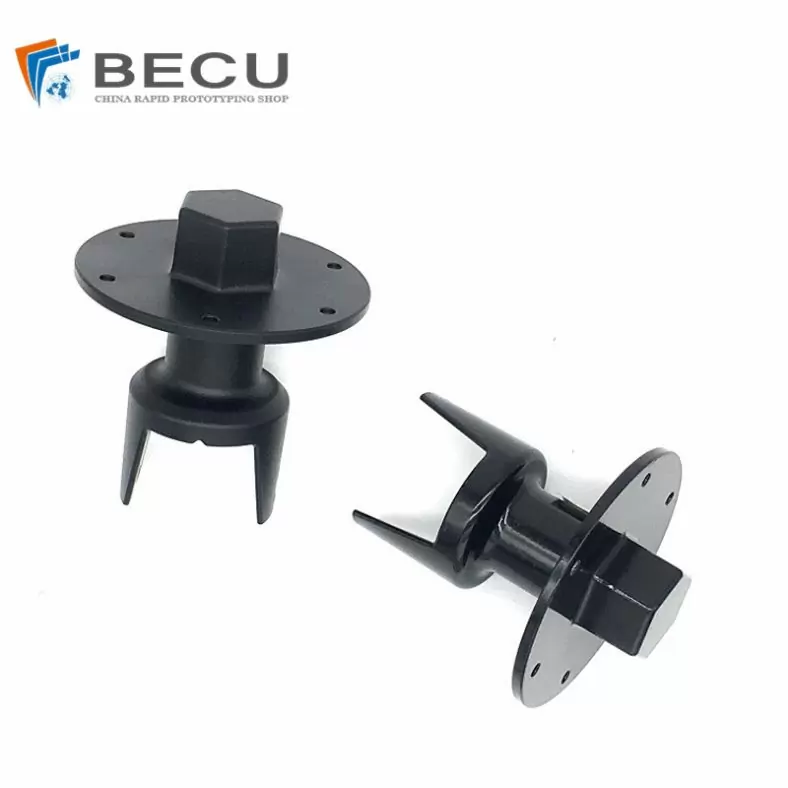
China Die Casting Factory Manufactures Surface Sprayed Aluminum Valve Body
-
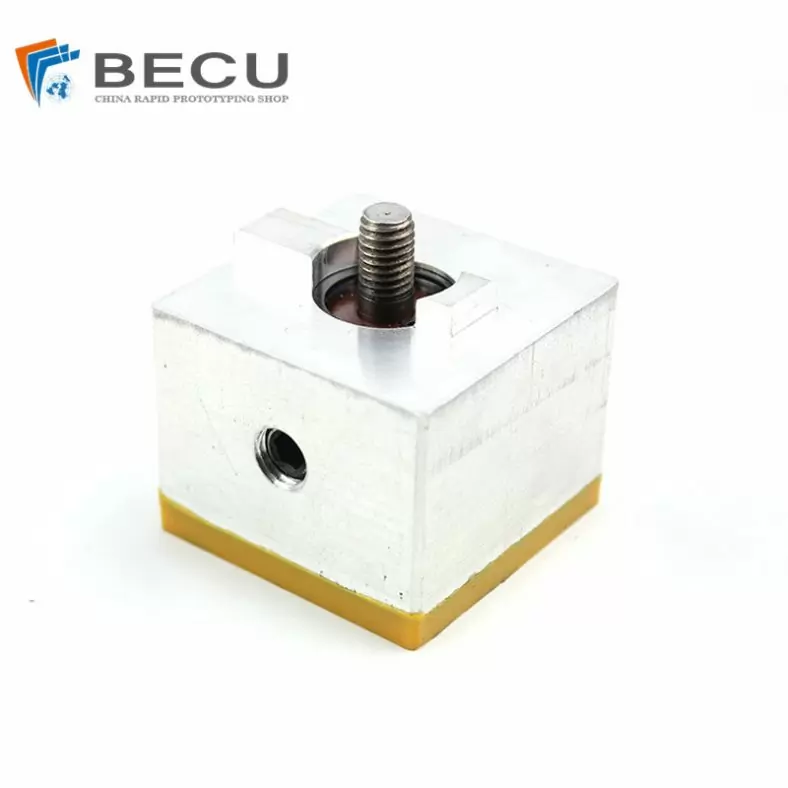
Extrusion Die-casting Polyurethane-Coated Aluminum Alloy Profiles
-

Custom Precision Aluminum Die Cast Brackets and Finishes
-
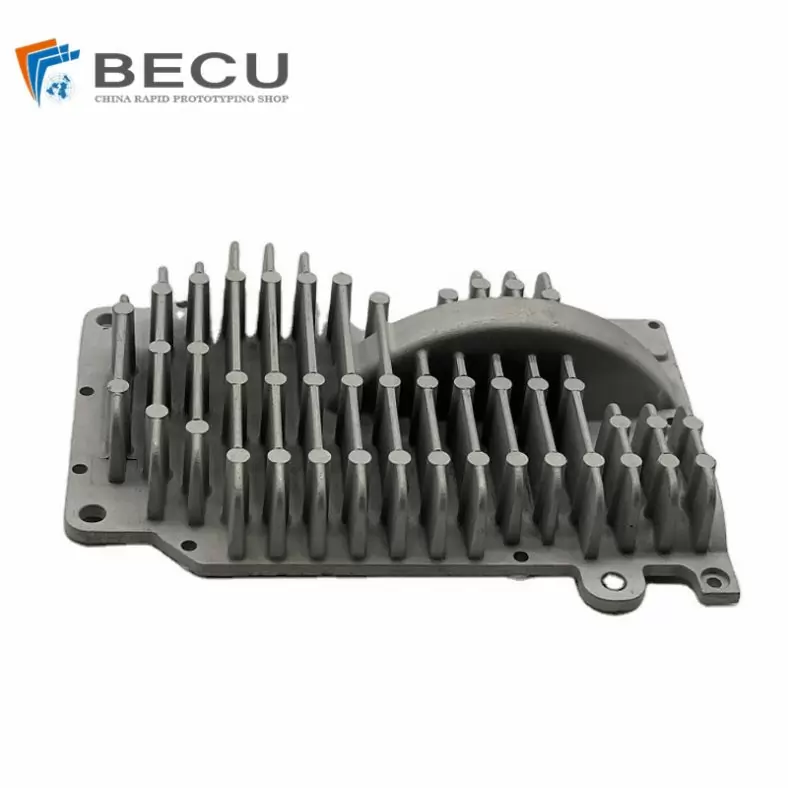
Extrusion Die-casting Magnesium Alloy Heat Sink Shell
